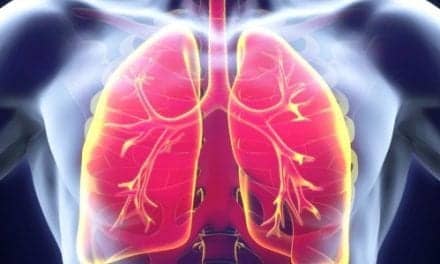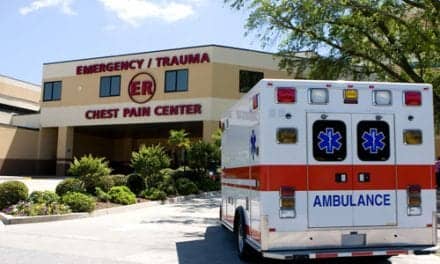Redlining, the discriminatory mortgage-lending practice, may affect how prevalent asthma is in US neighborhoods, according to research presented at ATS 2019.
Eighty years after the practice began and 50 years after it was officially made illegal, residents of redlined communities had 13.9 more asthma-related emergency room visits annually per 10,000 people than residents of neighborhoods deemed a mortgage-default risk.
Researchers investigated the potential associations of asthma and diesel particulate matter levels (DPMLs) with redlining based on Congress’s 1933 Home Owners Loan Corporation (HOLC) “risk grade” classifications of neighborhoods as low or high risk of mortgage default.
The mean asthma ED visit rate for all census tracts (N=1425) was 57.2 (±31.1) per 10,000. HOLC risk grades were significantly associated with asthma ED rates and DPMLs.
In a linear model adjusting for percentage of children under age 10, percentage of population in poverty, and DPMLs, a redlined census tract had 13.9 more asthma ED visits per 10,000 than low-risk tracts (p=0.009).
“Risk grades assigned by HOLC over 80 years ago are associated with asthma ED visit rates and exposure to diesel particulate matter may be greatest in these census tracts,” researchers concluded.










